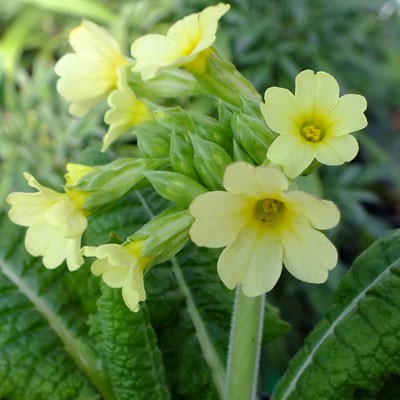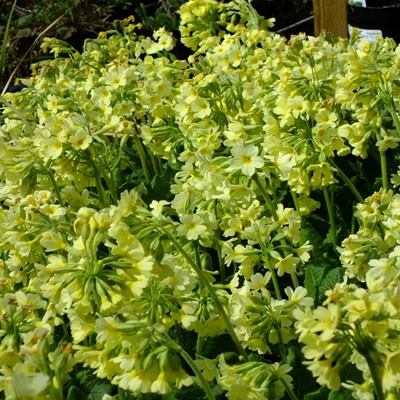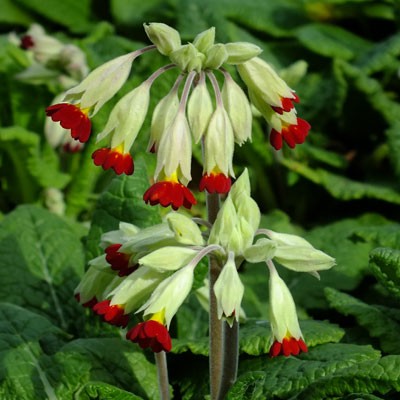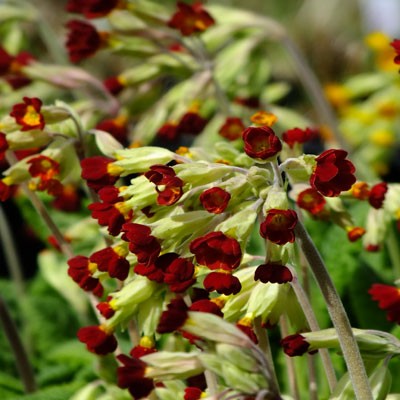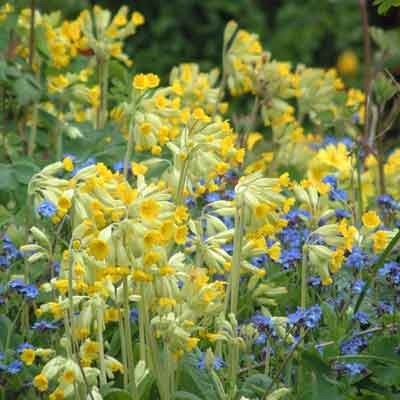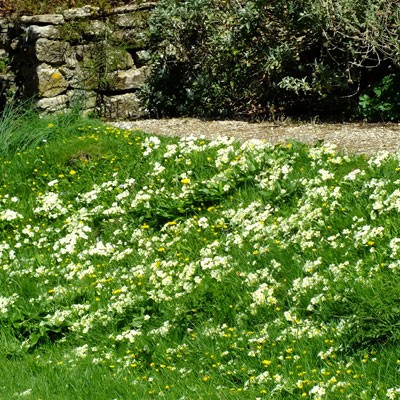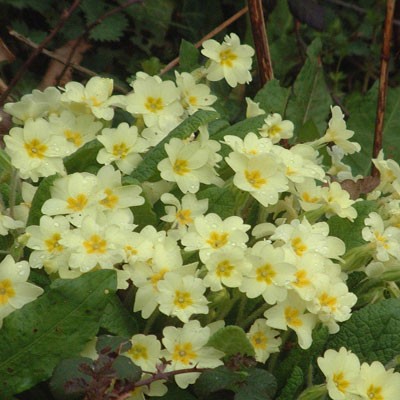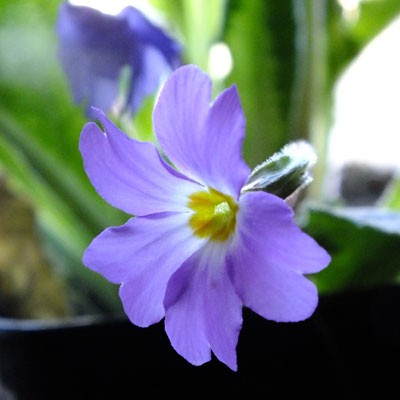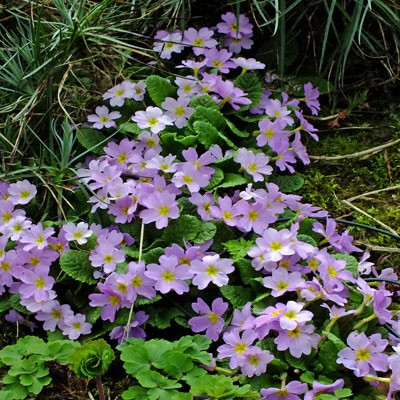-

-
Bee Friendly
-

-
RHS AGM
Potsize - 9cm
Primula elatior (Oxlip). The wild form of our native Oxlip. From early spring a rosette of apple green foliage emerges which in april or may sends up stems from 10 to 30cm which are topped with a one sided umbel of short stalked primrose flowers. It was once prolific in eastern England from London to Cambridge and into Norfolk, where it was synonymous with acient woodland coppices and grew in large numbers, replacing the common primrose. It is easily grown in heavy rich soils, particularly over chalk, in shade or partial shade which do not dry out in summer.
Discount of 30p per plant for quantities of 3 -9, 50p for 10 or over
Links
